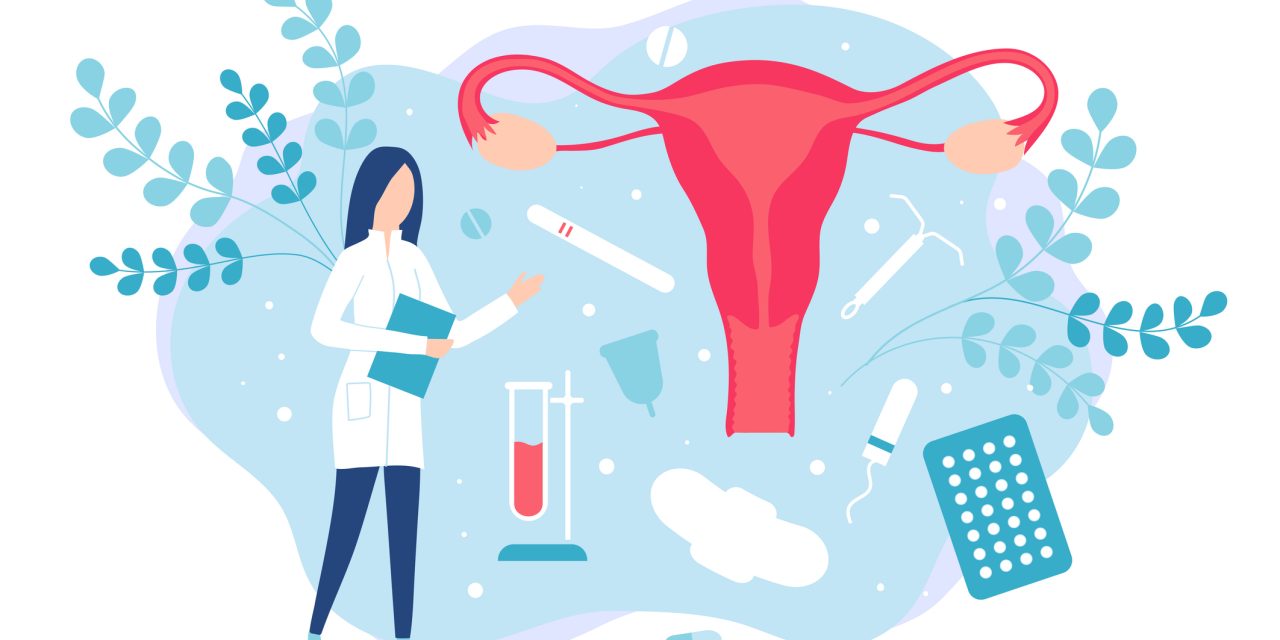Obstetric anal sphincter injury (OASI) is a common and severe complication of vaginal delivery and may have short- and long-term consequences, including anal incontinence, sexual dysfunction and reduced quality of life. The rate of OASI varies substantially between studies and national birth statistics, and a recent meta-analysis concluded that there is a need to identify unrecognized risk factors. Our aim was therefore to explore both potential modifiable and non-modifiable risk factors for OASI.
We performed a case-control study in a single center maternity clinic in South-Eastern Norway. Data were extracted retrospectively from an institutional birth registry. The main outcome measure was the occurrence of the woman’s first-time 3 or 4 degree perineal lesion (OASI) following singleton vaginal birth after 30 weeks’ gestation. For each woman with OASI the first subsequent vaginal singleton delivery matched for parity was elected as control. The study population included 421 women with OASI and 421 matched controls who gave birth during 1990-2002. Potential risk factors for OASI were assessed by conditional logistic regression analyses.
The mean incidence of OASI was 3.4% of vaginal deliveries, but it increased from 1.9% to 5.8% during the study period. In the final multivariate regression model, higher maternal age and birthweight for primiparous women, and higher birthweight for the multiparous women, were the only non-modifiable variables associated with OASI. Amniotomy was the strongest modifiable risk factor for OASI in both primi- (odds ratio [OR] 4.84; 95% confidence interval [CI] 2.60-9.02) and multiparous (OR 3.76; 95% CI 1.45-9.76) women, followed by augmentation with oxytocin (primiparous: OR 1.63; 95% CI 1.08-2.46, multiparous: OR 3.70; 95% CI 1.79-7.67). Vacuum extraction and forceps delivery were only significant risk factors in primiparous women (vacuum: OR 1.91; 95% CI 1.03-3.57, forceps: OR 2.37; 95% CI 1.14-4.92), and episiotomy in multiparous women (OR 2.64; 95% CI 1.36-5.14).
Amniotomy may be an unrecognized independent modifiable risk factor for OASI and should be further investigated for its potential role in preventive strategies.
© 2022. The Author(s).
Modifiable and non-modifiable risk factors for obstetric anal sphincter injury in a Norwegian Region: a case-control study.


